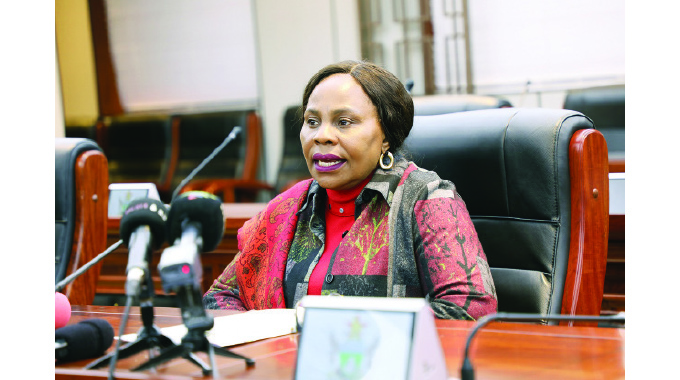Zimra targets 35 000 new tax paying SMEs

Enacy Mapakame-Business Reporter
The Zimbabwe Revenue Authority (ZIMRA) is this year, once again, targeting to register at least 35 000 businesses in the small to medium enterprises (SME) sector as efforts intensify to increase revenue collections from the (SMEs) sector.
This will ensure more businesses, especially in the largely informal SMEs sector, contribute towards the country’s revenue collections.
Last year, the tax authority achieved a total of 21 643 new registrants against the target of 35 000.
“We expect to register 35 000 for the year 2021.
“Various measures, which include but not limited to the following were put in place to ensure that more informal businesses are registered and also contributed their fair share to the fiscus.
“These include setting up of SMEs section within the authority to take care of such small clients, client education as well as engaging informal businesses encouraging them to register,” said ZIMRA head corporate communications Mr Francis Chimanda by email.
The tax authority has also established sections within its region offices dedicated to SMEs
“Strategies and programmes are in place to harness revenue from all small and medium clients,” said Mr Chimanda adding use of media was also crucial in disseminating information on the advantages of formalising businesses for SMEs.
He said: “Presumptive Tax is one way of Withholding Tax that speaks volumes to clients to formalise their business.
“Business that are not formalised are charged Withholding Tax at a fixed rate that is higher than the same sized business would pay if it was registered formally.
“The Government amended the laws on presumptive tax to ensure that landlords collect and enforce payment of tax. ZIMRA is therefore enforcing these laws and the response has been positive.”
The initiatives come as the authority has increased its focus and implementation of the five year strategy to 2023, which among other objectives seeks to see restoration of fiscal balance through improvements in tax collections, plugging loopholes as well as improve ease of doing business.
These initiatives are also in support of the country’s economic blueprint, the National development Strategy (NDS1), which is a roadmap to restoration of confidence in the economy as well as its eventual growth.
Zimbabwe is seen transforming into an upper middle income economy by 2030.
Meanwhile, ZIMRA anticipates increased revenue collections, ahead of targets spurred by increased economic activity as the country implements NDS1.
For 2021, it projects to surpass the net annual revenue target of $387,4 billion.
For the financial year 2020, the authority achieved a surplus of $187 million compared to a loss of $101 million.
Net revenue collected totalled $181 billion against a target of $171 billion.
The top three revenue performers remained companies accounting for 19,7 percent followed by individuals at 15,3 percent and excise duty at 14,19 percent.
In terms of sector contributions, mining and quarrying was the top performer accounting for 23 percent while followed by finance and insurance at 19 percent while manufacturing was the third at 15 percent.











Comments